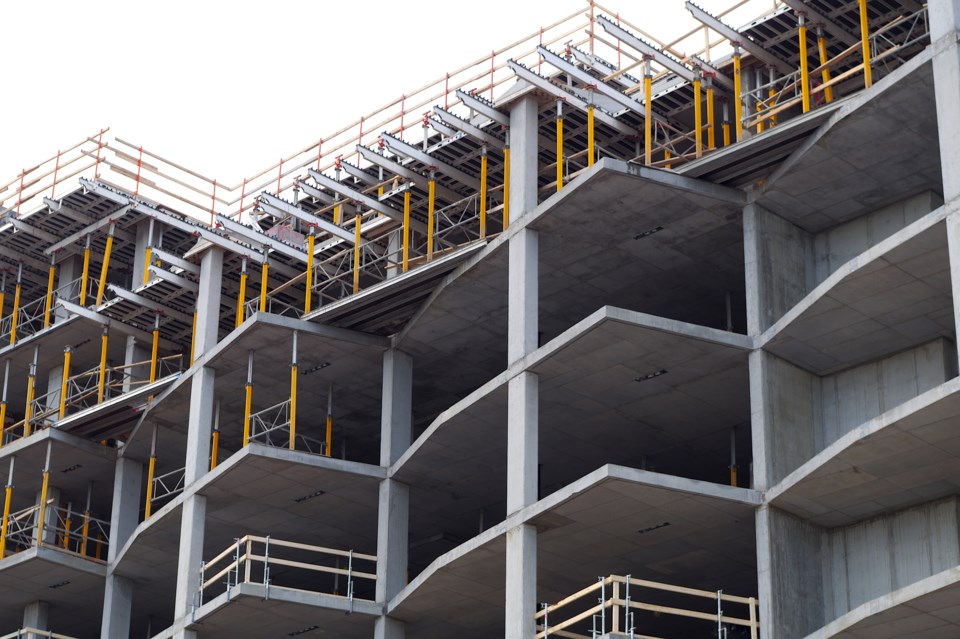I am terribly upset to hear about development plans to add additional high-rise apartments in the suburbs of Coquitlam.
I find high-rises to be invasive towards the natural surroundings, a detriment to children and family life and finally a disaster when it comes to the mess it brings to local traffic.
A drive to Town Centre Park or Coquitlam Centre mall took five minutes a decade ago to get to from my home.
Now I am lucky if I make it in 15 minutes.
These massive structures ruin the view and natural surroundings, a major factor why people choose to live in the suburbs like Coquitlam to begin with.
My home use to have a beautiful landscape view of Mt. Baker but now due to the high-rises built next to Coquitlam Centre mall, I have lost a third of my view including of Mt. Baker itself.
Furthermore, usually it's new families that choose to live in the suburbs since it suits a good environment to raise children where you have nature and neighborhoods, where your kids can meet friends and where you can with your neighbours develop a sense of community.
This is simply lost with huge high-rises that suit more foreigners, exchange students, singles or couples without children.
Lastly, where is the road planning in all of this?
The traffic is horrendous, the streets and areas were not designed with the massive population influx that Coquitlam is now facing.
Everything a stone's throw away from my home that was very accessible is now a major pain to get to.
I am not against growth or change and granted population size will go up and changes will need to follow but turning the beautiful suburb of Coquitlam into another greyed out high-rise major city like Burnaby shouldn’t be the direction.
It is now 2021. We have had major breakthroughs in science regarding climate change, utilizing greenery in our cities for both mental health which has been now been linked that large greyed-out structures and symmetrical structures effect the human psyche negatively, leading to health issues such as depression, anxiety and unhappiness.
We now know what makes us happy and healthy and what benefits do our structures we build bring to local animal and plant life.
Why can’t we start adapting the things we have learned from science in the past decade and utilize those in our development plans?
What happened to low-income housing?
Why should people move to Coquitlam if they can buy the same high-rise units all over the Fraser Valley?
What makes Coquitlam any different?
I hope those involved in developmental planning for Coquitlam take a step back and stop looking at the numbers and start actually looking at the people who have made Coquitlam their home and to perhaps think why they did in the first place.
Elizabeth Bikas
Coquitlam


